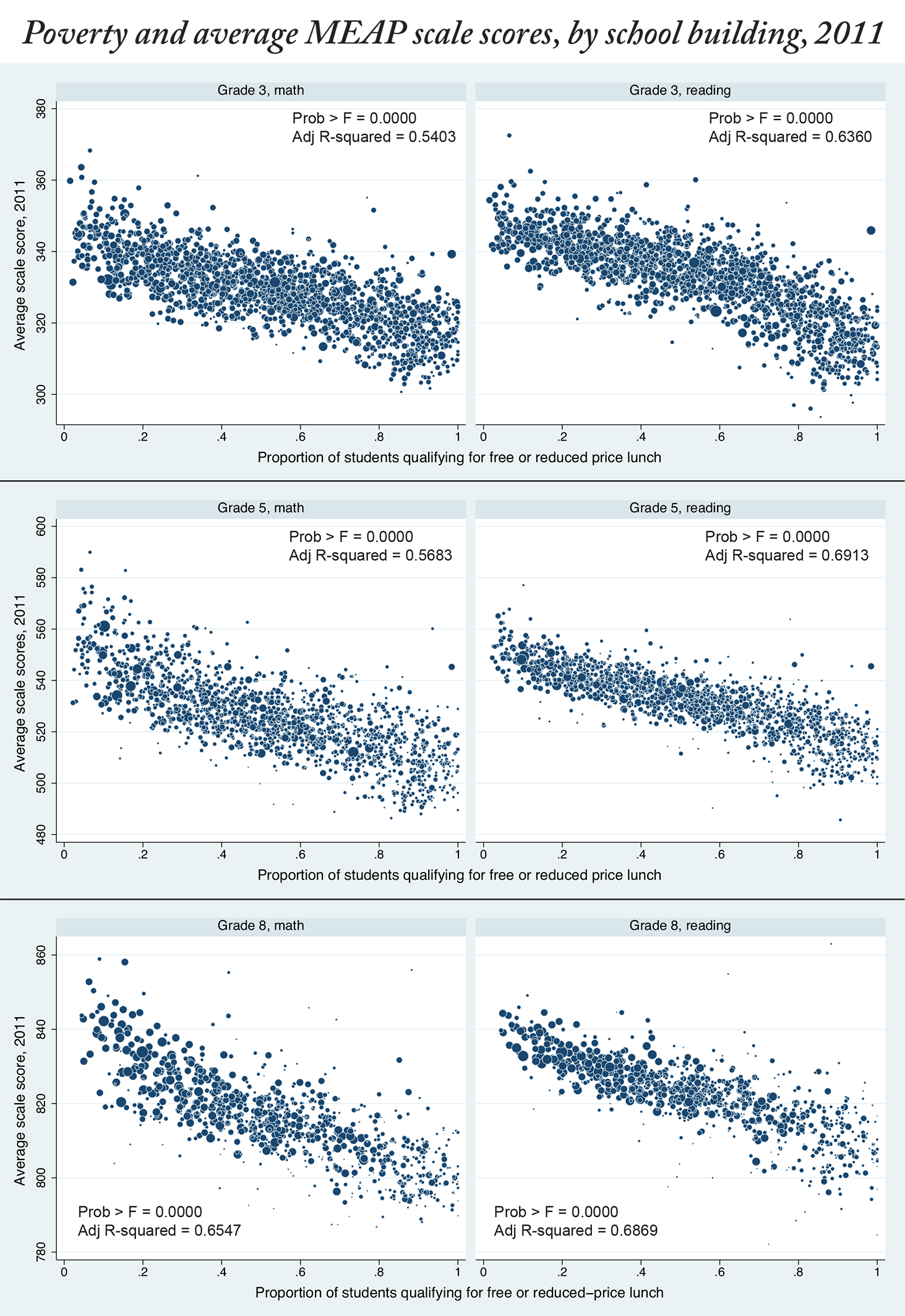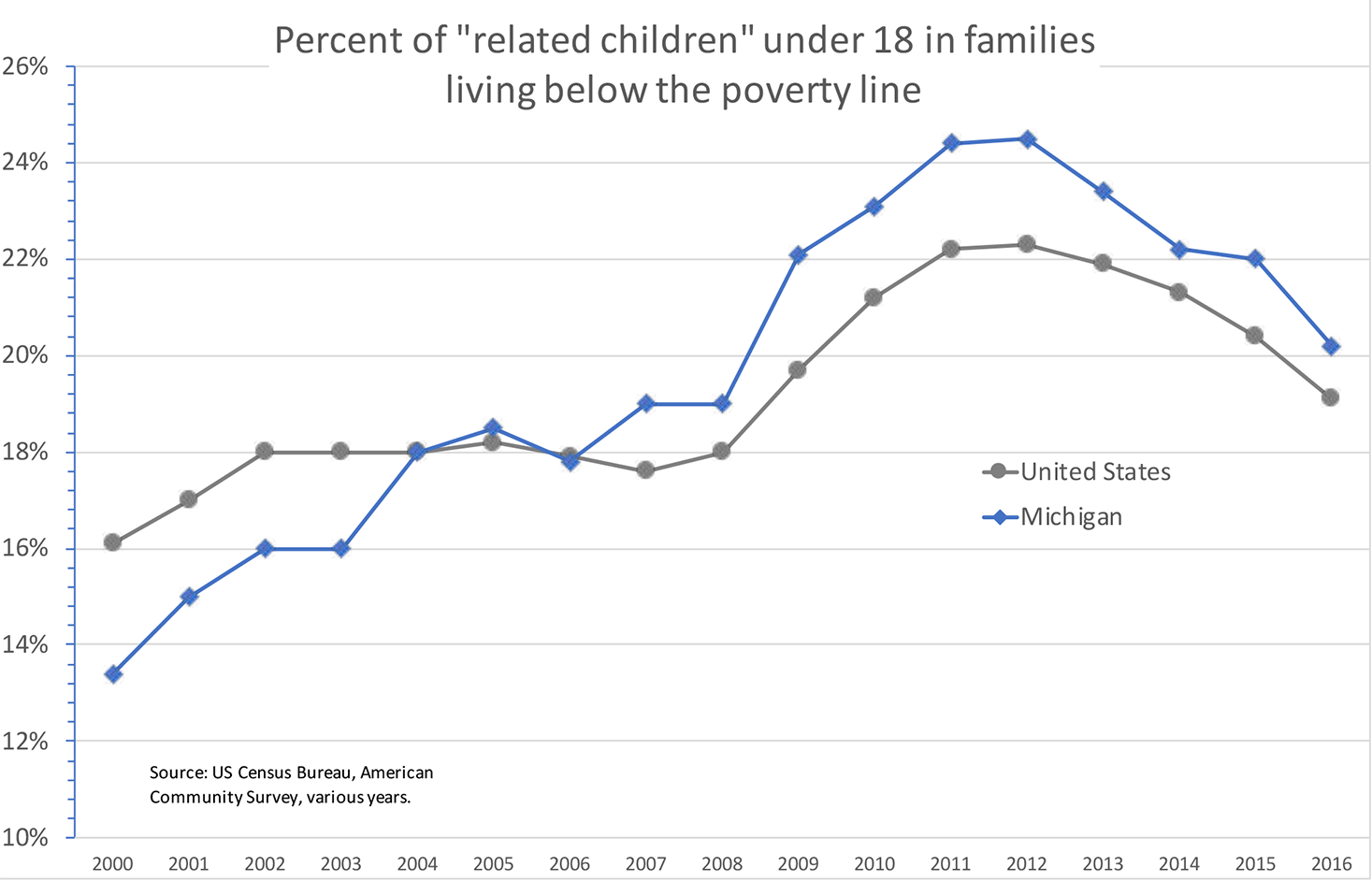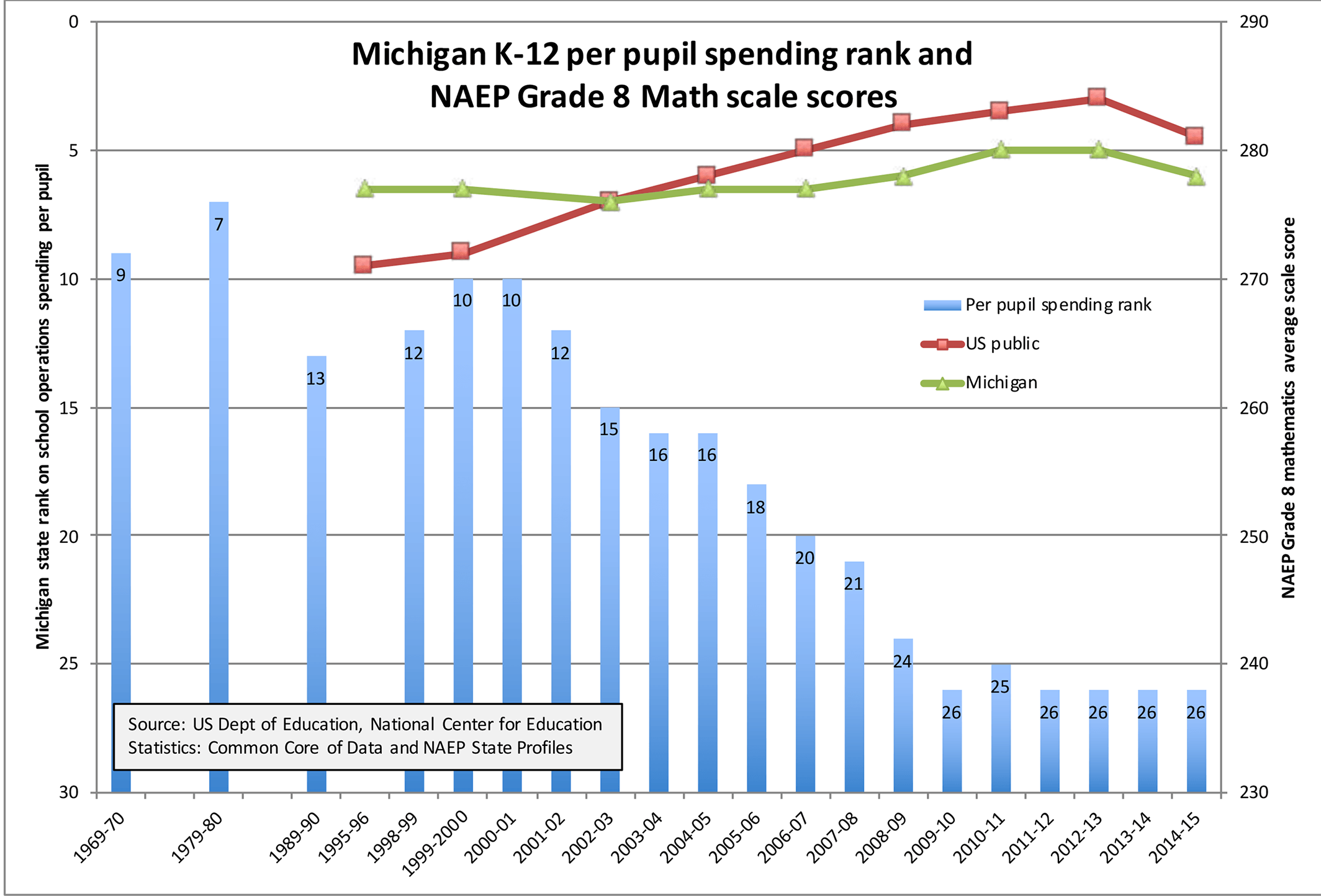Testimony on HB 5526, A-F grades and rankings for public schools
Prepared for House Education Committee, 15 February 2018
Chairman Kelly and members of the committee:
We're here today to offer our reaction to HB 5526, which would enact A-F letter grades and other rankings for public school accountability as well as create a new commission to oversee the process. Unfortunately, seen from a parent perspective, this bill would make it harder rather than easier for parents and local community members to oversee and improve their local public schools. It would, in fact, have the effect of removing parent voice from the process.
Michigan Parents for Schools, along with many other organizations, participated in the work groups created by the Michigan Department of Education to flesh out the new accountability measures required under the federal ESSA act. The result, including the new parent transparency dashboard, is inevitably imperfect but it does meet many of the criteria parent groups had insisted upon. The dashboard and the accountability system behind it does represent a major step forward in giving parents and community members the information we need to understand what is going on in our schools, to make decisions for our own families, and to work with our locally elected school board trustees to improve our schools. Combined with the new "partnership districts" program, which strongly resembles our own "parent proposal" for aiding troubled schools, the system developed by MDE - after considerable stakeholder engagement - allows for a more sensible and meaningful system of school improvement and accountability than Michigan has had in the past. Perhaps most importantly, it allows for continuous improvement and adjustment of the system itself, within the limits imposed by federal law.
Sadly, the same cannot be said of HB 5526. This legislation would hard-code into statute a much more restrictive set of criteria for evaluating schools, require misleadingly simple "letter grades" to judge performance rather than letting parents see the information for themselves, and would create a politically-appointed commission to decide for us what information is worth taking seriously. (We note that no parent or other community stakeholders are included on the commission, and that requirements for public input are vague at best.)
Parents, however, don't need oversimplified labels. We need real information, in context, that allows us to make decisions and to hold our elected officials accountable. Parents were not confused by the previous color coding system for rating schools because we did not understand the meaning of red, yellow and green. The confusion stemmed from the fact that the ratings assigned to our schools often differed wildly from what we knew to be true. The problem was not in the colors but in the "business rules" that lay behind them, which were hard to find, opaque, and produced results that did not align with the top concerns of most parents and community members. The strength of the MDE dashboard is that it offers us the underlying information directly; HB 5526 would exchange that strength for yet another opaque set of ratings. (The bill does not create a single summative measure, though some have called for that. Such a single rating would only make the situation worse.)

using A-F grading (click to enlarge)
There is nothing magical about an A-F letter grading system. Despite earlier testimony, the fact remains that states which have adopted letter grade ratings do not in general have better test results than Michigan. As the attached table shows, with illustrations from scores on the 8th grade NAEP exams, the majority of states with A-F systems have average scores that are (statistically) the same as or lower than Michigan's. In two of the three subject areas, only one or two of those states perform better than Michigan. In all three subjects, only one of the top ten states uses A-F ratings.
Chairman Kelly, in your introductory remarks about your bill, you said you had concluded that the two factors responsible for Michigan's mediocre test score performance were governance and accountability. We respectfully argue that you have misdiagnosed the problem. From our point of view, the most important underlying issues are growing child poverty and schools that are under-resourced compared with more successful states.

percent of students eligible for free lunch
(click to expand)
It is widely understood that student poverty is correlated with lower test scores; for an illustration, please see the attached analysis we performed a few years ago of the relationship between school building MEAP scores and the percentage of economically disadvantaged students in those schools.

(click to expand)
Moreover, Michigan has the dubious distinction of having gone from below the national average for child poverty to substantially above it, especially in the years just following the Great Recession. (Please see attached chart.) Children born in 2010, just as child poverty was reaching its peak, are now in second grade and will start taking the M-STEP test next year.
At the same time, Michigan fell behind other states in the investment we were willing to make into K-12 public education. In the final chart, you can see that Michigan had once been above the national average in 8th grade NAEP math scores, when we ranked tenth in the nation in spending per pupil. As our spending rank fell dramatically, we also fell behind the national average in NAEP scores (8th grade math is an illustration, the pattern repeats in other grades and subjects). For the last several years, our per pupil spending levels put us at 26th in the nation. It is worth noting, as seen in the earlier table, that the vast majority of states getting top ten NAEP scores rank higher than Michigan in spending per pupil.
Labeling schools and assigning arbitrary letter grades will not improve schools which are currently struggling. Adequate resources, provided by a revamped funding formula, and policies which focus on addressing the problems our schools face, offer the best chance of providing every child in Michigan with an excellent education. Giving parents and citizens actionable information about the strengths and weaknesses of our local schools, so that we can press for needed improvements, is central to this effort.
Respectfully,
Steven J. Norton, executive director

- Log in to post comments
- Printer-friendly version


